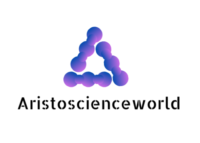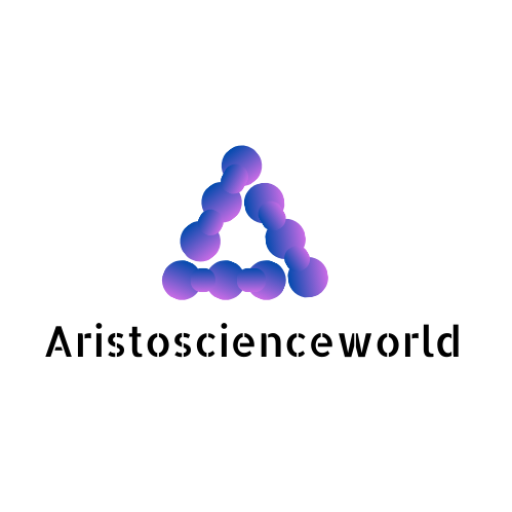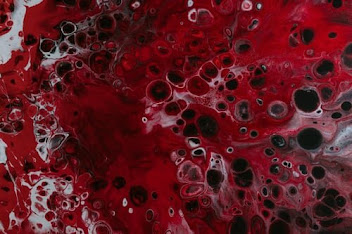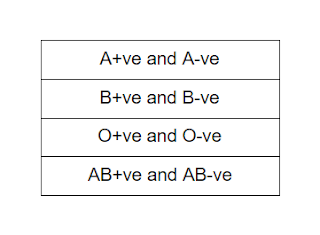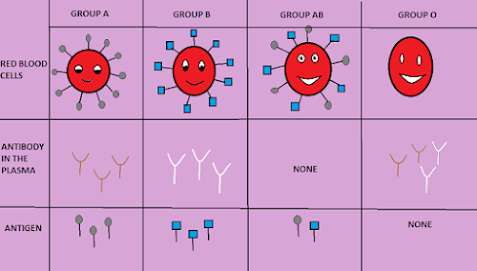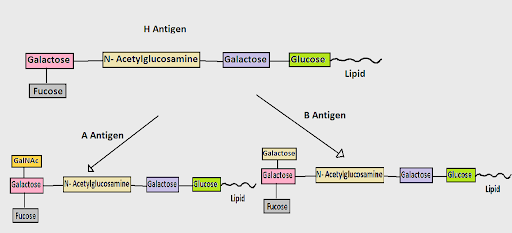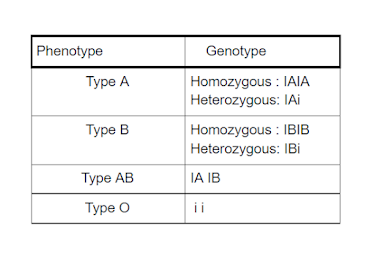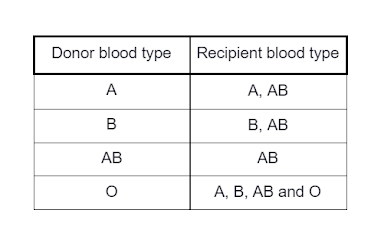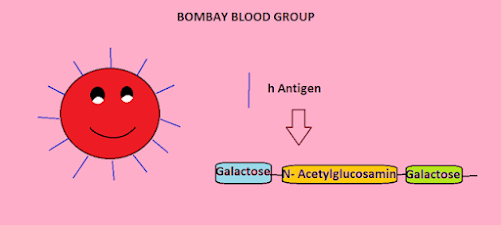Globally, the requirements of things are escalating day by day, and it is delivered widely by the transportation system. Similar to that, our human body requires specific components for survival; our bloodstream transports such components all over the human body. All we know are our blood groups, and mostly it may be “A”,” B”, “AB” or “O”. These are the ABO blood group systems. There are 35 blood group systems like MNNSs, P, Lutheran, Kell, Lewis, Duffy, Diego, Yt, Xg, Kidd, PIPK, Colton, H, Gill, Junior, Lan, etc. So literally, we’ll see the ABO blood system, and the rare, Bombay blood type.
Blood:
It is a body fluid that acts as connective tissue, and it is the only fluid tissue full of fibrous protein. Blood consists of 90% water and the remaining elements are plasma cells, erythrocytes (RBC), leucocytes (WBC) and thrombocytes (platelets). Yellow fluid plasma carries suspension proteins that regulate blood clotting, and erythrocytes help us carry oxygen and nutrients and leukocytes aid to protect our body against pathogens. Thrombocytes aid to stop bleeding and healing the wound.
Common functions:
1. To carry the oxygen(O2) all over the body.
2. It absorbs Nutrients from the digestive tract and circulates all over the body.
3. Circulate Hormones from endocrine organs.
4. To dispose of the Carbon dioxide (CO2) via circulation.
5. To maintain the body temperature.
6. To retain the PH tissue.
7. Mainly protect ourselves from Infection.
Difference between serum and plasma:
When we centrifuge coagulated blood, the obtained supernatant is serum, while the anticoagulated blood gives us the plasma. Plasma contains fibrinogen, but it is absent in serum. Fibrinogen is a blood coagulating agent.
ABO-blood system:
We can identify a person by their unique appearance. Similarly, blood cells have their specific antigen for different blood types. Another factor is the Rh factor which is also a determinant for blood compatibility. These are the reasons for the occurrence of 8 Possible different blood types. They are
The antigen (surface protein) present in the blood group acts as a marker, critical for blood transfusion. As its name indicates, “A” blood type has antigen “A” whereas “B” blood type has antigen B. “AB” blood type has both “A” and “B” antigen whereas “O” blood has “H” antigen. “H” antigen is considered a precursor of “A” and “B” antigen. It is a base antigen containing -lipid- glucose-galactose – N-acetylglucosamine – galactose –fucose. If GalNAc (N Acetylgalactosamine) is attached to the galactose, it will form “A” antigen or galactose bound to the galactose forms B antigen. Otherwise, it will remain in its exact structure. Rh factor is determined by D antigen. If the D antigen is present, it will be positive. The absence of D antigen forms a negative blood group.
The donor and recipient patients must have the same blood types and Rh factors. Otherwise, it leads to death. It is done by antibodies present in our bodies. For example, If a person has A+ve, but B-ve blood is injected into the recipient’s body, it will produce the antibody against that donor blood group. It leads to the formation of clumps.
Genetics in blood groups:
Three types of alleles determined the blood types. An allele is responsible for A blood type, whereas a B allele is responsible for B blood type. O alleles accountable for neither. A and B antigens are dominants, while O antigens are recessive.
Blood compatibility:
Blood transfusion is critical when the blood groups are not checked. Hence, the blood types are checked and then transfused, respectively. If it is not done, the blood coagulates and leads to fatal.
O group as Universal donor:
“O” blood types have neither “A” Type nor “B” type. Because of this, It cannot be affected by any of the “A” and “B” antibodies. This type of blood can be donated to all other blood groups. Hence it is called a universal donor.
Bombay blood group:
In Mumbai (formerly known as Bombay), a person was rushed into hospital, and none of the blood groups matched that person’s blood type. Finally, after several tests, they found one donor. Such blood types are later called “Bombay blood type”. It is a rare blood group. It can be a donor for “A”, “B”, “AB”, and “O”, but it can’t be a recipient for A, B, AB and O blood types.
We already know that H antigens are present in the O blood type, which is also a precursor for A and B antigens. So Bombay blood group is that a person does not have the H antigen, and that’s the problem. It produces antibodies against all blood types, which means it has an anti A antibody, anti B antibody and anti H antibody; that’s why Bombay blood type people can’t be recipients for all of the above.
Genetics behind bombay blood group:
H – H antigen and h – no antigen(Bombay blood type).
Hh * Hh will lead to HH, Hh, Hh and hh (recessive type)
HH * Hh will lead to HH, Hh, HH and Hh – ABO blood type.
Discover more from Aristoscienceworld
Subscribe to get the latest posts sent to your email.
